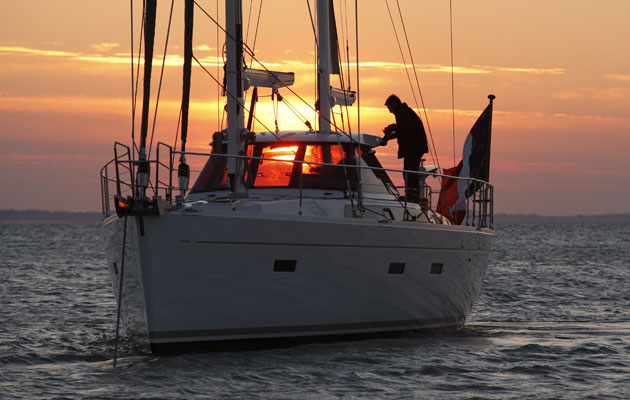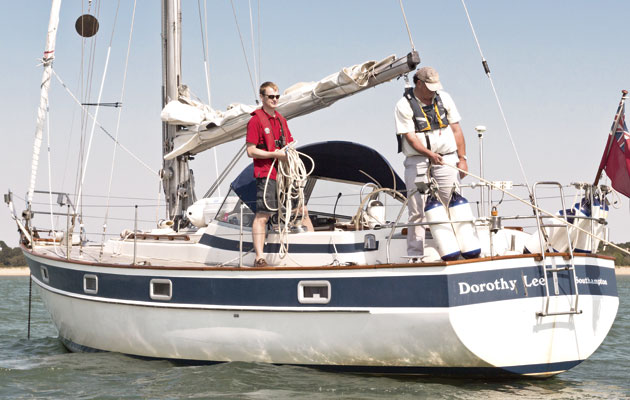If you're anchored next to an obstruction, you can set your bower anchor and kedge to make sure you don't swing more than two boatlengths, says Duncan Wells
How to anchor anywhere
To lie to one anchor is to be anchored, while to lie to two or more anchors is to be moored, so the Bahamian moor is not strictly anchoring. Whatever the terminology, it’s a useful technique if you want to leave your boat for a while in an anchorage, or if you want to reduce the amount you will swing.
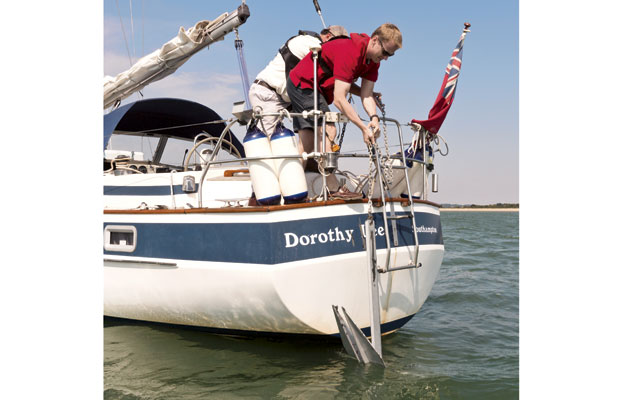
Launching the kedge. We had a Fortress/Guardian on loan, rather over-specified. It would have held a boat twice the size

Bring in the bow anchor cable until you’re lying so that both cables are correct for the depth (4 x depth for chain and 6 x depth for warp)
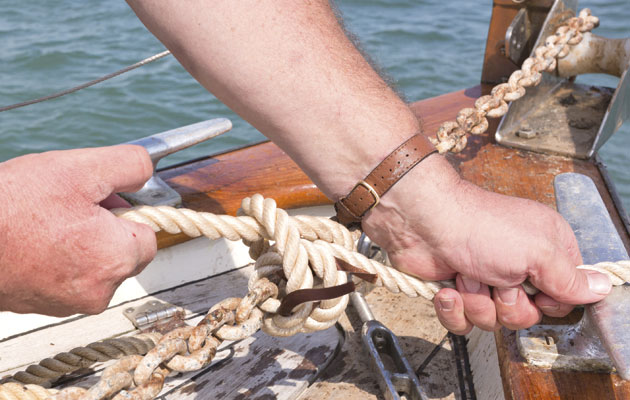
Attach the kedge cable to the bow cable using a rolling hitch – a cumbersome job given the length of line. Others prefer to run the kedge cable through a snatchblock attached to the anchor cable, which is much quicker
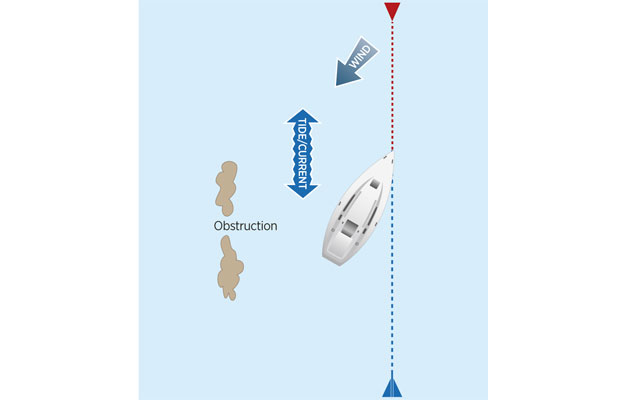
The boat is free to pivot from the bow. Ideal in a narrow anchorage with reversing current/tide, such as a river
You should now lie to each anchor in turn with the tide. If you will be leaving the boat, then you need to make sure you have veered sufficient of the two cables to allow for the highest High Water during your stay.
Importantly, you’ll also need to connect the stern cable to the bower cable with a swivel. If you don’t do this, after several tides with the boat swinging this way and then that, you’re likely to find an unholy amount of twist where the two cables join. If staying for a short time, perhaps across just a couple of tides, then it is perfectly okay to attach the stern cable to the bower cable with a rolling hitch.
As we found out on the day of our photo shoot, it is not easy tying a rolling hitch when there is a mass of spare kedge warp left over, so coil this first before you start to tie the knot!
It’s also a good idea to keep this spare length on board and make it fast . That way the rolling hitch cannot come undone. I have known rolling hitches work themselves loose when they were not under load.
Finally, when all that’s done, don’t forget to show the correct signal: a ball by day and an all-round white light by night.




